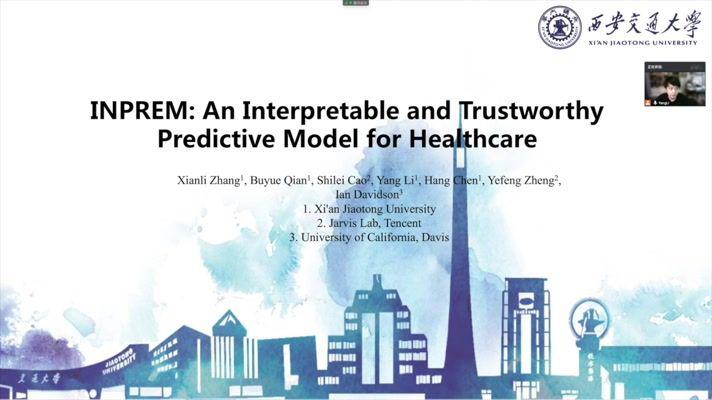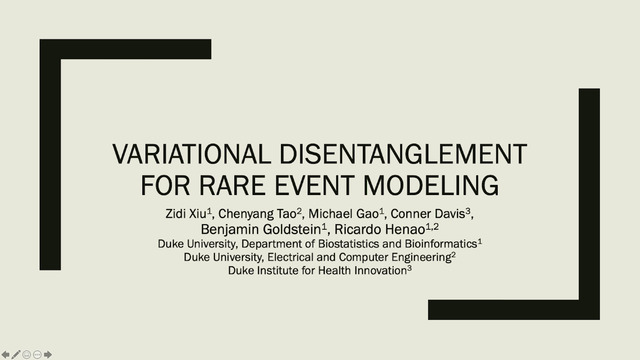Abstract:
Precision medicine’s slogan is "right drug - right patient - right time." Implicit in the slogan is "right dose"; however, determining the right dose for any one patient can be challenging when dose-response data are limited. Bayesian methods, with their ability to explicitly incorporate prior information to supplement limited data, have been proposed as a solution to this problem. Although Hamiltonian Monte Carlo (HMC) is a leading methodology for inference in Bayesian models because of its ability to capture posterior distributions with high fidelity, dose personalization studies commonly use simpler Maximum A Posteriori (MAP) inference methods. The impact of the choice of inference engine on dose decision-making has not been explored. To better understand this issue, we perform a simulation study characterizing the differences between inferences made via MAP and HMC for personalized dosing strategies. The simulation study uses a new Bayesian pharmacokinetic model for apixaban pharmacokinetics written in an open source Bayesian language; the model code and posterior summaries of all parameters will be publicly available. We demonstrate that the differences between HMC and MAP are non-trivial and can greatly affect the choices surrounding dose selection for personalized medicine.









































